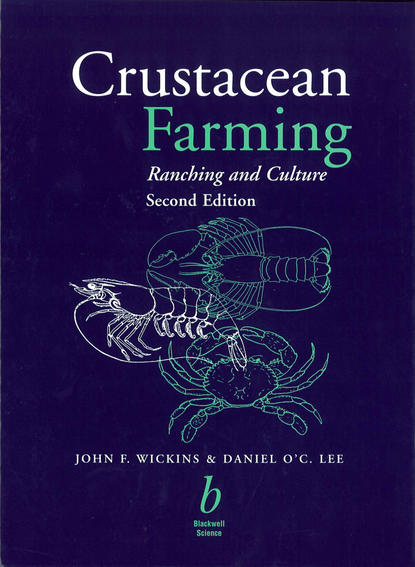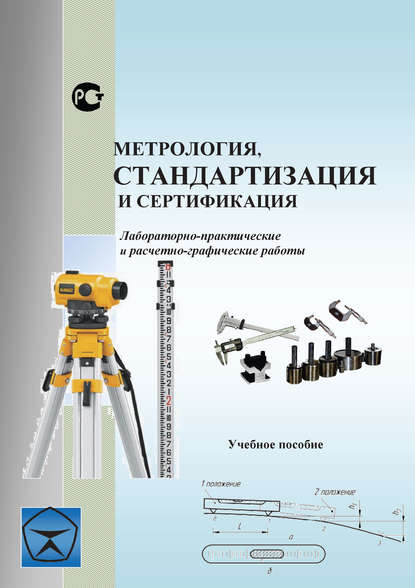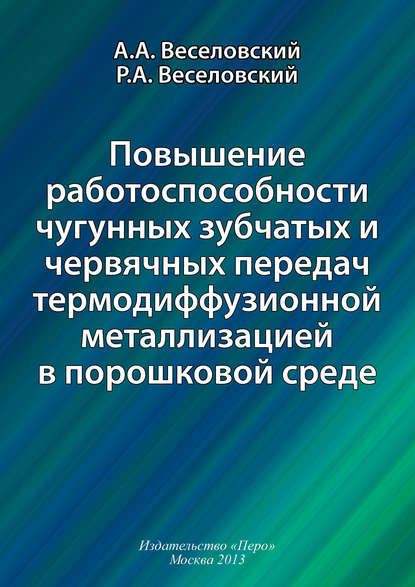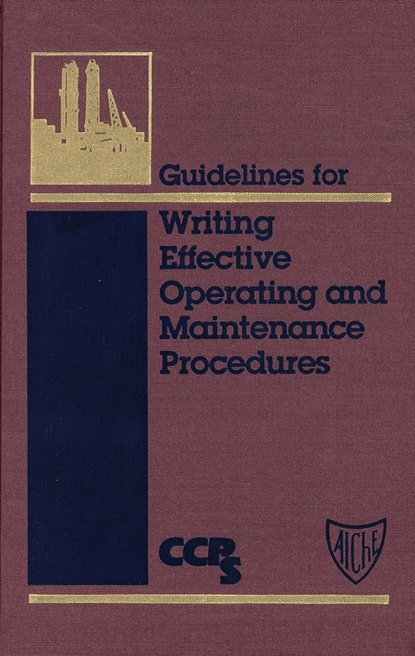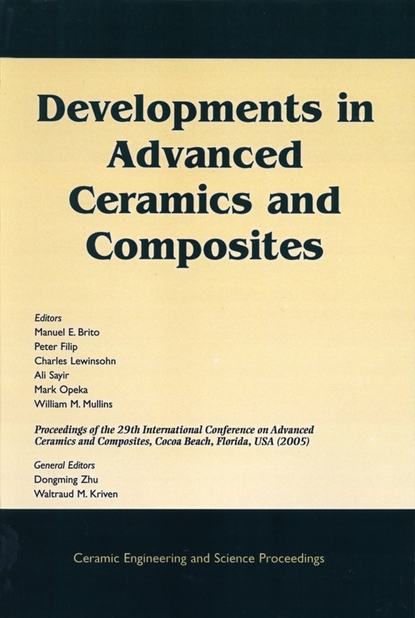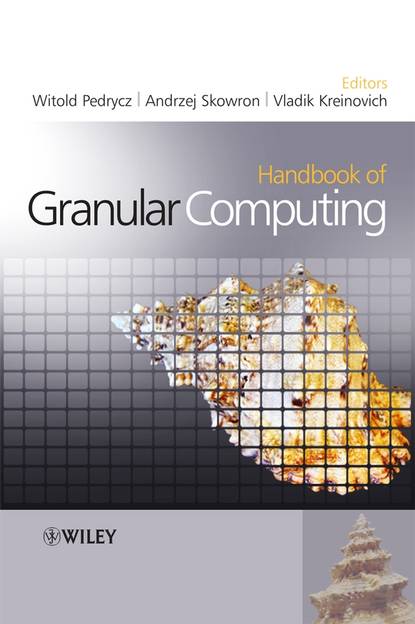«Разведение ракообразных: ранчо и культивирование», второе издание. Джон Ф. Уикинс и Даниэль О'К Ли. Второе издание чрезвычайно успешной книги «Разведение ракообразных» охватывает все культивируемые ракообразные коммерческого значения: креветки, крабы, омары, лангусты и раки. В книге рассматриваются критерии, по которым оценивается целесообразность и желательность предложений по разведению ракообразных. Подробно описаны характеристики и методы производства разводимых и потенциальных видов ракообразных, чтобы можно было отличить перспективные направления от рискованных начинаний. Охвачен весь процесс от получения и содержания производителей до работы инкубаторов, питомников и выращивания до ключевых аспектов переработки и маркетинга. Новинкой второго издания стали разделы о ранчо и восстановлении популяций, а также о разведении декоративных креветок и мелких ракообразных для использования в качестве живого корма. Разделы о болезнях, генетике и питании ракообразных были расширены в свете последних исследований. Приведены примеры инвестиционных и операционных затрат по разным вариантам культивирования, а также анализ текущих тенденций на мировом рынке ракообразных для экономической оценки. Особое внимание уделено месту разведения ракообразных в экономике развивающихся стран с учетом социального и экологического воздействия. Рассмотрены последствия новейших исследований и технических разработок, а также проблемы генетики и защиты животных. Выделены конкретные области, где необходим технологический прогресс для повышения надежности и продуктивности. Эта важная книга - ключевой инструмент и справочник для всех, кто занимается разведением ракообразных в мире.
Электронная Книга «Crustacean Farming» написана автором John Wickins F. в году.
Минимальный возраст читателя: 0
Язык: Английский
ISBN: 9780470995075
Описание книги от John Wickins F.
Crustacean Farming: Ranching and Culture, Second edition. John F. Wickins and Daniel O'C Lee. The second edition of an extremely well-received book, Crustacean Farming, deals with all cultivated crustaceans of commercial significance, shrimp, prawns, crayfish, lobsters, crabs, and spiny lobsters, and examines the criteria by which both the feasibility and desirability of farming proposals are assessed. The characteristics and production methods of farmed and candidate crustacean species are described in sufficient detail to enable areas of profitable involvement to be distinguished form other opportunities presenting only very high risks and possibilities for serious loss. Coverage extends right from broodstock acquisition and management through to the operation of hatcheries, nurseries and on-growing units to key aspects of processing and marketing. New to this second edition are ranching and re-stocking operations together with the culture of ornamental shrimp and small crustaceans used as live food in fish and shellfish hatcheries. The sections on crustacean diseases, genetics and nutrition have been extended in the light of recent research advances. Examples of investment and operating costs of the different culture options are compared and an analysis of current trends in world crustacean markets is presented to assist in economic and financial appraisal. Special consideration is given to the place of crustacean farming within the economics of developing nations in relation to social and environmental impact in order to promote awareness of the wider implications of global developments. The consequences of recent research and technical developments are considered, together with concerns over genetic and animal welfare issues. Specific areas where further advances in technology are needed to improve the reliability or productivity of farming systems are highlighted. This important book is a vital tool and reference work for all those involved with crustacean farming worldwide.
